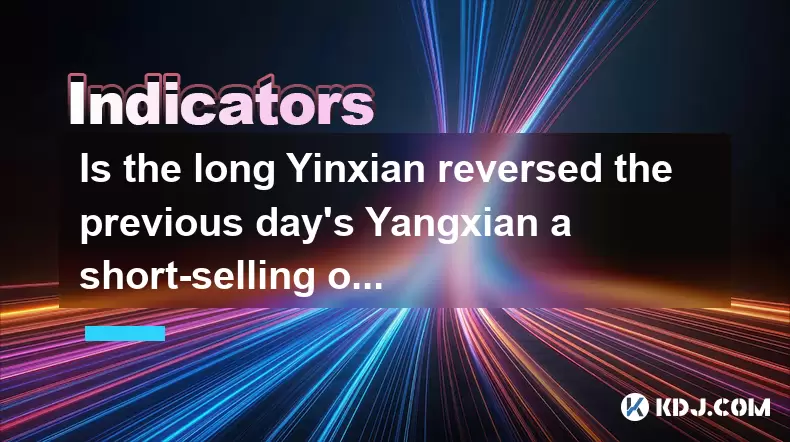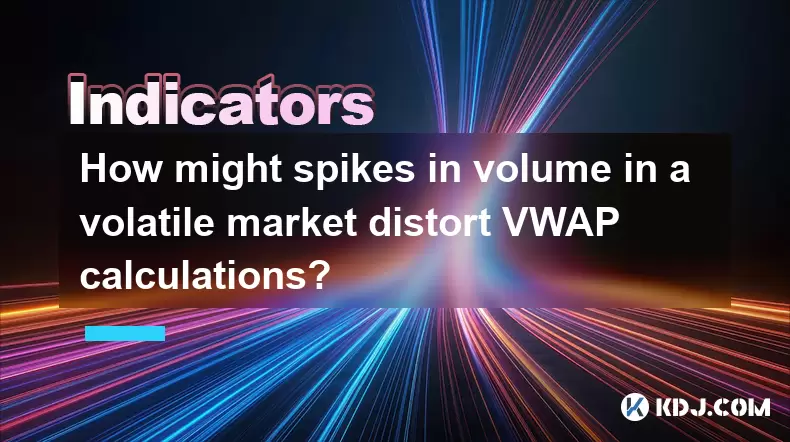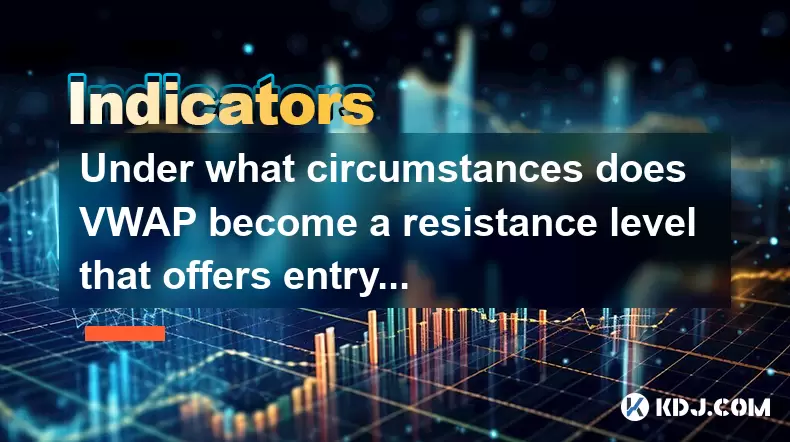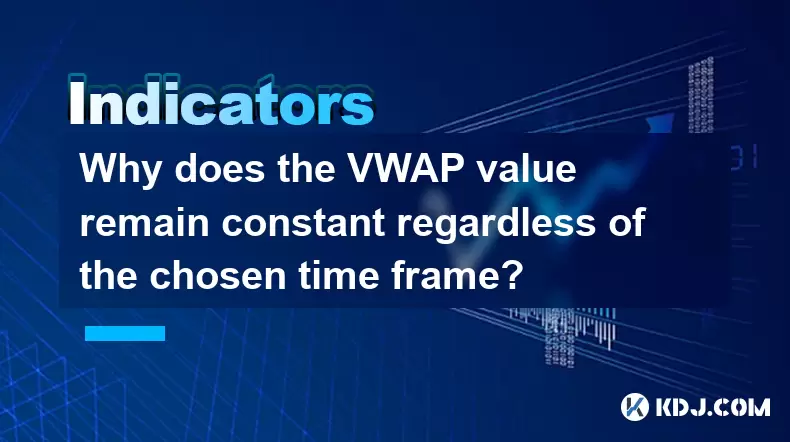-
 Bitcoin
Bitcoin $117700
-0.03% -
 Ethereum
Ethereum $3805
0.49% -
 XRP
XRP $3.098
-1.00% -
 Tether USDt
Tether USDt $1.000
0.03% -
 BNB
BNB $792.8
-1.72% -
 Solana
Solana $177.9
-1.95% -
 USDC
USDC $1.000
0.02% -
 Dogecoin
Dogecoin $0.2202
-1.55% -
 TRON
TRON $0.3278
-2.92% -
 Cardano
Cardano $0.7641
-2.43% -
 Hyperliquid
Hyperliquid $42.21
-2.68% -
 Sui
Sui $3.758
-1.58% -
 Stellar
Stellar $0.4080
-3.21% -
 Chainlink
Chainlink $17.75
-0.33% -
 Bitcoin Cash
Bitcoin Cash $591.8
4.96% -
 Hedera
Hedera $0.2561
-3.09% -
 Avalanche
Avalanche $23.34
-4.24% -
 Litecoin
Litecoin $110.7
1.96% -
 UNUS SED LEO
UNUS SED LEO $8.956
-0.01% -
 Toncoin
Toncoin $3.410
0.79% -
 Ethena USDe
Ethena USDe $1.001
0.03% -
 Shiba Inu
Shiba Inu $0.00001288
-1.82% -
 Uniswap
Uniswap $10.07
-2.06% -
 Polkadot
Polkadot $3.807
-2.27% -
 Monero
Monero $308.2
-2.15% -
 Dai
Dai $1.000
0.03% -
 Bitget Token
Bitget Token $4.521
-0.30% -
 Pepe
Pepe $0.00001134
-1.52% -
 Cronos
Cronos $0.1457
0.65% -
 Aave
Aave $274.9
-2.47%
Is the long Yinxian reversed the previous day's Yangxian a short-selling outbreak or a wash action?
A long red candle after a green one may signal a bearish reversal or a temporary washout—confirm with volume, trend context, and on-chain data before trading.
Jul 30, 2025 at 04:22 pm

Understanding Candlestick Patterns in Cryptocurrency Trading
Candlestick patterns are foundational tools in technical analysis, widely used by traders to interpret price movements in the cryptocurrency market. Each candlestick represents the open, high, low, and close prices over a specific time frame. The "Yinxian" (bearish candle) and "Yangxian" (bullish candle) are Chinese terms referring to red (down) and green (up) candles, respectively. When a long Yinxian appears immediately after a previous day's Yangxian, it raises questions about market sentiment. This reversal pattern could signal either a short-selling breakout or a washout action, depending on volume, context, and broader market structure.
Defining the Long Yinxian After a Yangxian
A long Yinxian following a prior Yangxian indicates that buyers initially pushed the price upward, but sellers took control and drove it significantly lower by the end of the period. The length of the bearish candle is critical. A long lower wick on the Yinxian may suggest rejection of higher prices, while a long real body with minimal wicks indicates strong selling pressure. Traders analyze this formation to determine whether it reflects genuine distribution by large holders or temporary profit-taking. The key is to assess whether the reversal is sustained or transient.
Short-Selling Breakout: Identifying the Signs
A short-selling breakout occurs when the long Yinxian signals the start of a new downtrend, often fueled by bearish fundamentals or technical breakdowns. To confirm this scenario, traders should look for:
- High trading volume during the Yinxian formation, indicating strong participation from sellers.
- A close near the lowest point of the candle, showing sustained selling pressure.
- Confirmation in the next session: another red candle or failure to reclaim the prior Yangxian’s high.
- Bearish indicators such as moving average crossovers (e.g., 50-day below 200-day) or RSI dropping below 50 from overbought levels.
When these elements align, the reversal is more likely a genuine breakout, enabling short positions with defined stop-loss levels above the Yangxian’s high.
Washout Action: Recognizing Temporary Selling Pressure
A washout action refers to a sharp, often exaggerated price drop designed to shake out weak long positions before the uptrend resumes. In this case, the long Yinxian may appear bearish but lacks the structural support of a true breakdown. Signs of a washout include:
- Low volume during the Yinxian, suggesting lack of institutional selling.
- A long lower wick where price recovers slightly before closing, indicating buyer re-entry.
- The next candle closing above the midpoint of the Yinxian body, showing resilience.
- Overall trend remains bullish, with price still above key support levels like the 20-day EMA.
In such cases, the reversal is a trap for over-leveraged bulls rather than a trend reversal. Savvy traders may use this as a buying opportunity, especially if on-chain data shows accumulation by large wallets.
Volume and On-Chain Data Analysis
Volume is a decisive factor in distinguishing between a breakout and a washout. A spike in volume during the long Yinxian strongly supports a short-selling breakout. Tools like OBV (On-Balance Volume) can show whether selling is sustained. Additionally, on-chain metrics provide deeper insight:
- Exchange inflows of a cryptocurrency during the Yinxian suggest holders are preparing to sell.
- SOPR (Spent Output Profit Ratio) below 1.0 indicates coins are being sold at a loss, typical in capitulation phases.
- Net unrealized profit/loss (NUPL) can reveal whether the market is in a state of fear or greed.
Platforms like Glassnode or CryptoQuant offer real-time data to validate whether the reversal is part of a broader distribution phase or a temporary correction.
Practical Trading Strategy: How to Respond
When encountering a long Yinxian after a Yangxian, traders should avoid impulsive decisions. Instead, follow this checklist:
- Wait for confirmation: Do not short or buy immediately. Observe the next 1–2 candles.
- Mark key levels: Identify the high of the Yangxian and the low of the Yinxian as reference points.
- Set conditional orders: Place a sell-stop below the Yinxian low for breakout scenarios, and a limit buy near the wick’s bottom for washout plays.
- Use trailing stops: If entering a short, set a trailing stop above recent swing highs to manage risk.
- Monitor order book depth: Sudden wall orders on exchanges like Binance or Bybit can reveal hidden support or resistance.
This structured approach minimizes emotional trading and aligns actions with market structure.
Common Misinterpretations and Pitfalls
Many traders misread this pattern due to confirmation bias. Seeing a long red candle after green may trigger fear, leading to premature short entries. Others may assume every reversal is a buying opportunity, ignoring macro trends. Key pitfalls include:
- Ignoring the broader time frame (e.g., daily vs. 4-hour).
- Overreliance on candlesticks without volume or on-chain confirmation.
- Failing to account for news events or whale movements that distort price.
Avoiding these errors requires a multi-factor analysis rather than relying on a single candle.
Frequently Asked Questions
What does a long lower wick on the Yinxian indicate after a Yangxian?
A long lower wick suggests that sellers pushed the price down, but buyers stepped in to defend the level. This often points to a potential reversal back upward, especially if accompanied by rising volume on the recovery. It’s a sign of buying pressure at lower levels, commonly seen in washout scenarios.
How can I use moving averages to confirm this reversal pattern?
Overlay the 9-day and 21-day EMAs on your chart. If the price closes below both after the long Yinxian, it supports a bearish breakout. Conversely, if the price remains above the 21-day EMA and the EMAs are still sloping upward, the reversal may be temporary.
Can this pattern occur in sideways markets?
Yes. In consolidation phases, a long Yinxian after a Yangxian may simply reflect range-bound volatility rather than a breakout. In such cases, the price often reverts to the middle of the range. Traders should watch for Bollinger Band squeezes or ADX values below 20 to identify low-trend environments.
Is this pattern more reliable on higher time frames?
Generally, yes. A daily long Yinxian after a daily Yangxian carries more weight than a 1-hour version. Higher time frames filter out noise and reflect broader market sentiment. Always prioritize daily and 4-hour charts for strategic decisions over lower time frames.
Disclaimer:info@kdj.com
The information provided is not trading advice. kdj.com does not assume any responsibility for any investments made based on the information provided in this article. Cryptocurrencies are highly volatile and it is highly recommended that you invest with caution after thorough research!
If you believe that the content used on this website infringes your copyright, please contact us immediately (info@kdj.com) and we will delete it promptly.
- LYNO Token Presale: AI Arbitrage Revolution in DeFi
- 2025-07-31 05:11:11
- Pepecoin Successors: Can These Cryptocurrencies Make You a Millionaire?
- 2025-07-31 05:50:12
- AML Bitcoin Fraud: Cracking Down on Crypto Crime in the Big Apple and Beyond
- 2025-07-31 04:33:53
- Cardano (ADA) in 2025: Navigating Crypto's Future
- 2025-07-31 03:52:07
- Solana Meme Coin Price Prediction: Will the Frog Outleap the Dog?
- 2025-07-31 03:52:07
- Bitcoin's Bullish Outlook: CryptoQuant's Insights on Futures Market Cooling
- 2025-07-31 03:59:10
Related knowledge

How to use the AVL indicator with MACD for better signals?
Jul 31,2025 at 09:22am
Understanding the AVL Indicator and Its Role in Cryptocurrency TradingThe AVL indicator, also known as the Accumulation Volume Line, is a volume-based...

How to identify sell signals with the AVL indicator?
Jul 31,2025 at 07:09am
Understanding the AVL Indicator and Its Core ComponentsThe AVL indicator, also known as the Accumulation Volume Line, is a volume-based technical anal...

How does the VWAP line help in identifying overbought and oversold market conditions?
Jul 31,2025 at 05:19am
Understanding the VWAP Line and Its Role in Technical AnalysisThe Volume Weighted Average Price (VWAP) is a critical tool used by traders within the c...

How might spikes in volume in a volatile market distort VWAP calculations?
Jul 31,2025 at 07:40am
Understanding VWAP and Its Core ComponentsVWAP, or Volume-Weighted Average Price, is a trading benchmark that gives the average price a cryptocurrency...

Under what circumstances does VWAP become a resistance level that offers entry opportunities?
Jul 31,2025 at 08:57am
Understanding the Basics of Staking in CryptocurrencyStaking is a process used in proof-of-stake (PoS) blockchain networks to validate transactions an...

Why does the VWAP value remain constant regardless of the chosen time frame?
Jul 31,2025 at 09:58am
Understanding the Core Concept of VWAPThe Volume Weighted Average Price (VWAP) is a trading benchmark that calculates the average price a cryptocurren...

How to use the AVL indicator with MACD for better signals?
Jul 31,2025 at 09:22am
Understanding the AVL Indicator and Its Role in Cryptocurrency TradingThe AVL indicator, also known as the Accumulation Volume Line, is a volume-based...

How to identify sell signals with the AVL indicator?
Jul 31,2025 at 07:09am
Understanding the AVL Indicator and Its Core ComponentsThe AVL indicator, also known as the Accumulation Volume Line, is a volume-based technical anal...

How does the VWAP line help in identifying overbought and oversold market conditions?
Jul 31,2025 at 05:19am
Understanding the VWAP Line and Its Role in Technical AnalysisThe Volume Weighted Average Price (VWAP) is a critical tool used by traders within the c...

How might spikes in volume in a volatile market distort VWAP calculations?
Jul 31,2025 at 07:40am
Understanding VWAP and Its Core ComponentsVWAP, or Volume-Weighted Average Price, is a trading benchmark that gives the average price a cryptocurrency...

Under what circumstances does VWAP become a resistance level that offers entry opportunities?
Jul 31,2025 at 08:57am
Understanding the Basics of Staking in CryptocurrencyStaking is a process used in proof-of-stake (PoS) blockchain networks to validate transactions an...

Why does the VWAP value remain constant regardless of the chosen time frame?
Jul 31,2025 at 09:58am
Understanding the Core Concept of VWAPThe Volume Weighted Average Price (VWAP) is a trading benchmark that calculates the average price a cryptocurren...
See all articles

























































































